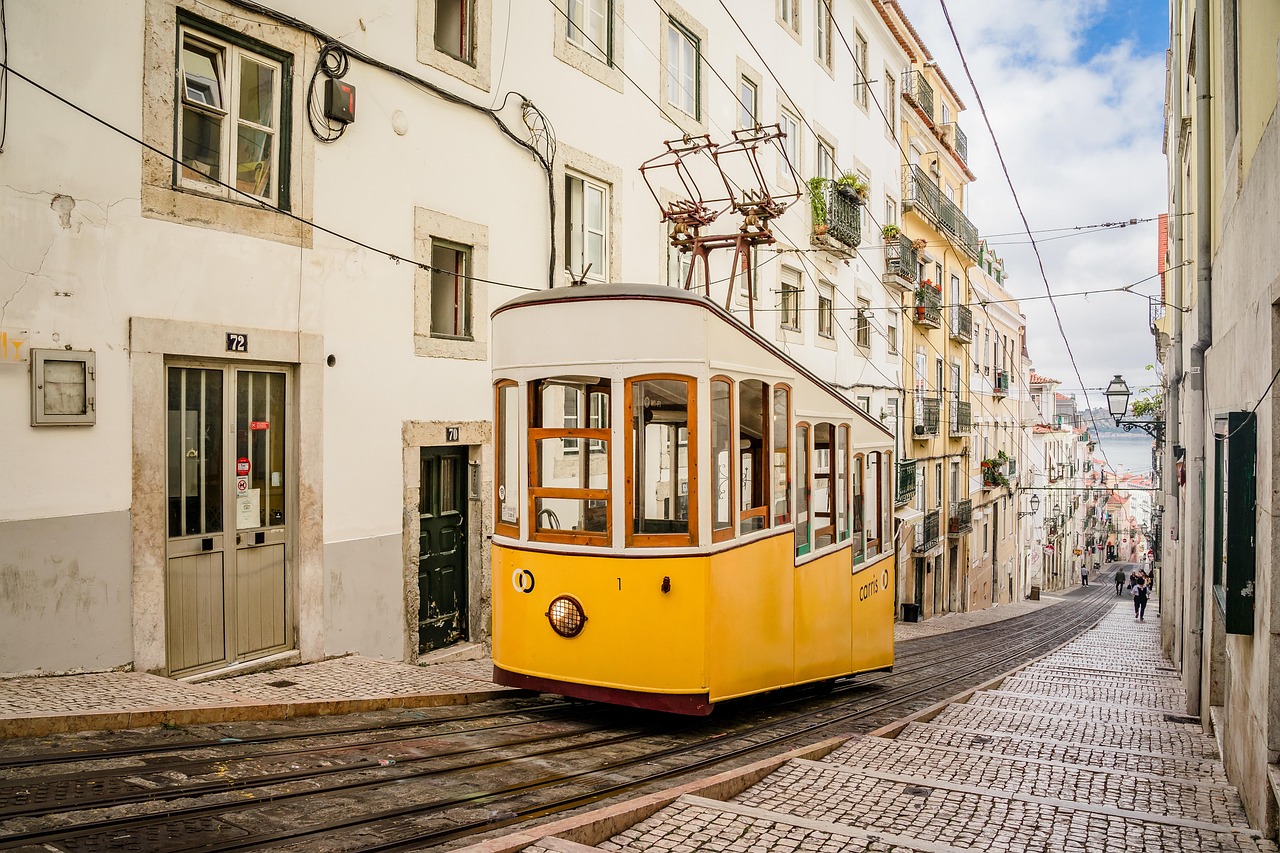Inspiration is a curious phenomenon—intangible yet vital, fleeting yet powerful. For anyone chasing dreams, crafting art, or pursuing innovation, staying inspired is both an art and a discipline. It is not simply a stroke of luck that strikes without warning; rather, it is often the result of conscious cultivation, resilience, and a willingness to see beauty in the everyday. To understand the art of staying inspired, we must first appreciate its complexities, its vulnerabilities, and most importantly, its deeply human nature.
Inspiration Is Not a Constant
Contrary to the popular image of the muse whispering endless ideas into an artist’s ear, inspiration rarely arrives on demand. It ebbs and flows, influenced by our emotions, surroundings, and even the rhythms of our daily lives. Many creatives have discovered, sometimes painfully, that inspiration cannot be forced. It thrives in a space where curiosity is alive, where the mind is open, and where the heart is willing to engage with uncertainty.
Recognizing that inspiration is not a constant is the first step toward mastering its art. Instead of chasing an elusive, mythical flow of ideas, those who stay inspired learn to build a life that invites inspiration to visit frequently. This means curating experiences, relationships, and practices that nourish creativity over the long haul.
Finding Beauty in the Everyday
One of the most powerful habits for staying inspired is developing the ability to find beauty in the ordinary. Inspiration often hides in plain sight—in the golden light of late afternoon, in a child’s laughter, in the intricate patterns of city life. Those who train themselves to see with fresh eyes are rarely starved of ideas.
Cultivating this perspective demands slowing down. In a world obsessed with speed and productivity, pausing to observe a sidewalk artist at work or to appreciate the symmetry of falling leaves feels almost rebellious. Yet it is in these stolen moments that inspiration plants its seeds. Daily journaling, photography walks, or simply sitting in a café and people-watching can turn even the most mundane environment into a wellspring of creative energy.
The Role of Resilience
Every creative journey is punctuated by dry spells—periods when ideas seem stale and motivation wanes. The temptation during these phases is to give up, to believe the well has run dry. But the art of staying inspired involves resilience: the ability to endure and even embrace these lulls as part of the natural cycle of creativity.
Resilience is not about pretending everything is fine. It’s about acknowledging frustration without letting it paralyze us. Some artists write through their writer’s block, even if the words feel clumsy. Some painters keep painting, even when every brushstroke seems wrong. In doing so, they honor the process rather than the product. They trust that inspiration will return, and their perseverance often invites it back sooner than expected.
Surrounding Yourself With Stimuli
Another essential aspect of staying inspired is intentional exposure to stimuli. This can mean traveling to unfamiliar places, engaging with different cultures, reading voraciously across genres, or attending concerts, exhibits, and lectures. New experiences challenge our perceptions, ignite our curiosity, and offer fresh perspectives.
However, it is not merely about quantity; it is about quality and presence. A single museum visit, deeply engaged, can be more nourishing than a whirlwind trip through multiple cities. The key is to be fully present, to allow new experiences to seep into the soul and stir dormant ideas.
Collaborations and Conversations
Creativity often flourishes in connection. Conversations with passionate individuals can spark ideas that would never have emerged in isolation. Collaborating with others—especially those from different backgrounds or disciplines—can lead to unexpected and exhilarating outcomes.
When we listen deeply to others, when we allow their stories and experiences to influence us, we expand our own imaginative horizons. Staying inspired, then, is not just an internal endeavor; it is also about remaining open to the external world and its myriad voices.
Protecting the Inner Flame
Inspiration is delicate. While new experiences and connections fuel it, overstimulation, negativity, and burnout can extinguish it. In an era of endless scrolling and information overload, protecting one’s creative inner flame requires discipline.
Setting boundaries with technology, carving out quiet time, practicing mindfulness, and prioritizing mental health are crucial strategies. The most inspired people often guard their inner lives fiercely, understanding that constant distraction saps the very energy that fuels their creativity.
Rituals That Anchor Creativity
Many creatives swear by certain rituals that ground them and make space for inspiration. These rituals vary widely—morning pages, meditation, exercise, listening to specific music, or even brewing a particular kind of tea before work. What they share is intentionality: a conscious effort to signal to the mind that it is time to enter a creative state.
Such rituals may seem small, even trivial. Yet they are powerful anchors, offering a sense of stability in the otherwise unpredictable seas of creative work. They remind us that while we cannot control when inspiration strikes, we can create conditions that make its arrival more likely.
Redefining Success
One often overlooked factor in staying inspired is how we define success. If success is solely measured by external validation—likes, awards, sales—it becomes a precarious foundation for creativity. When inspiration is tied too closely to outcome, fear of failure can paralyze us, and the joy of the process can evaporate.
True inspiration thrives when the process itself is enough. When we write, paint, invent, or build because it is a profound expression of who we are, inspiration finds fertile ground. Redefining success as the act of creation itself, rather than the applause it garners, is perhaps the most liberating step one can take on the path of staying inspired.
Embracing Imperfection
Finally, embracing imperfection is at the heart of lasting inspiration. Creativity is messy. Ideas often arrive half-formed or awkward. Masterpieces are rarely born fully realized; they are coaxed into existence through revision, patience, and a willingness to fail.
When we give ourselves permission to create badly, we free ourselves to create at all. The art of staying inspired is not about producing brilliance on demand—it is about showing up, again and again, with an open heart and a willing spirit.
Conclusion: A Lifelong Journey
The art of staying inspired is not a one-time achievement but a lifelong journey. It is built from countless small choices: to slow down, to persevere, to engage with the world and ourselves deeply and honestly. Inspiration, in its truest form, is less about waiting for lightning to strike and more about building a life that is rich enough, open enough, and resilient enough to catch it when it does.
Inspiration may be fleeting, but it is never beyond our reach. It belongs to those who seek beauty in the ordinary, who cherish the process more than the prize, and who are brave enough to create even when the muse is silent. In the end, the art of staying inspired is nothing less than the art of being fully, vibrantly alive.











